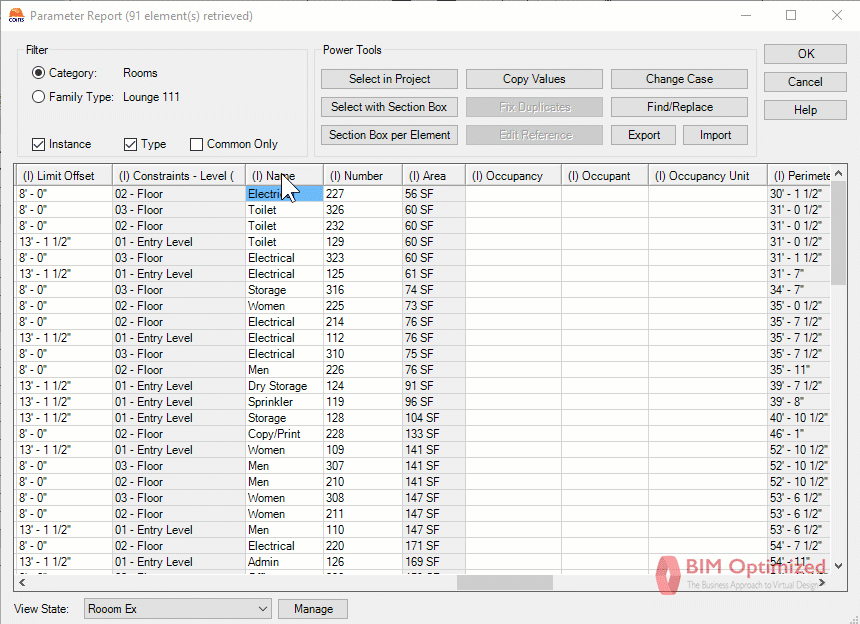Project BOB
(Que ominous music ♪)
Once, there existed a troubling project. Those who knew it well dubbed the project “the

one from the belly of the beast.” It was later renamed “belly of the beast” and then “the BOB” for shorter reference. The team had a love-hate relationship with this BOB project because it challenged every part of their Virtual Design Data management intelligence.
From Conceptual Design throughout Construction Documentation they found themselves faced with elongated processes, often suffering through laborious tedium, resulting in inflated timesheets coupled with the agony of defeat when signing it.
At a time when some grew weary of their BOB, others instead overcame with better approaches, tools, and best-practices. Some grew smarter, stronger and established ways to anticipate and manage other BOB projects. The others, well, they bought another license of the CAD.
This is a story of such moment:
In June of 2016, Ambit (Ambitious A. Architect) identified an issue that slowed down his production team on a BOB project. Although the item was a relatively insignificant task initially, it was taking more time than expected. Ambit knew he had a good team, so what was going on. Ambit thought, “perhaps the inability to speed up the task also impacts other VDC/BIM processes.” Ambit had no idea how correct he was at the time.
The problem: Ambit saw Lee retyping notes from one note block to another for reuse. There were fifty (50) note blocks with multiple lines of text, which is a lot of retyping. When asked about this approach Lee said, “I retype because changing the note block types resets the instance values and result in the text is wiped out.” He had a valid point.
Upon consultation and further personal research, Ambit shares the following advice, skill, and, as he calls it now, a “YBREs” (a You’d Better Rule of Revit Engagement):
YBRE #54 – Transfer Rule: Reusing existing text information is mandatory over retyping; always find always to reuse text and if you cannot, ask before relegating to archaic methods; retyping is always a last resort.
The Solution: In the instance where Lee as retyping data, he had to use a separate note block instead of modeling the existing family*. Because of this requirement, the instance values disappear when he copied the note block and switched the type.
Ambit’s Rule #54 in practical form:
Select the all old note blocks needed and open the Parameter Report ‘by Selection'
Export the instance values containing the notes and save to a file called “To Transfer.xlsx”.
Copy relevant note blocks off to the side and switch the type to the new note block.
All instance values will disappear.
Select the new note blocks and open the Parameter Report ‘by Selection.’
Export the instance values of the new note block (these cells will be empty) to a file called ‘To Receive.xlsx’.
It is important the Element Unique Identifier number remain in order upon export, transferring and importing process for notes to remain in order.
While both ‘To Transfer’ file and ‘To Receive’ file open, copy and paste the text value and any other relevant notes from the ‘To Transfer’ to the ‘To Received’ file. Then save the file.
Finally, with the Parameter Report tool still open from the last export of new note blocks, select “Import”.
Chose the ‘To Receive’ file and watch all your notes update at once.
Click “OK” and now you are done transferring loads of information in under two (2) minutes.
There are many times during BIM development when transferring information or the management of information in general is required. Teams must have, not just a tool, but the know-how of when to apply the right tool at the right time. In this instance the Parameter Report tool gave the BOB project ad hoc flexibility to meet the need of reusing data.
However annoying Ambit's YBREs are, he has a very good point, and one with a flexible solution.
*Note that Lee was unable to simply create a new Type within the same note block due to the new format needed in the new note block. If not for the new requirement, editing the family would be the primary solution to maintain the instance parameter values. Images above are representative of the real case.












